The hackathon is coming
/ The Geophysics Hackathon is one month away! Signing up is not mandatory — you can show up on the day if you like — but it does help with the planning. It's 100% free, and I guarantee you'll enjoy yourself. You'll also learn tons about geophysics and about building software. Deets: Thrive, Denver, 8 am, 25–26 October. Bring a laptop.
The Geophysics Hackathon is one month away! Signing up is not mandatory — you can show up on the day if you like — but it does help with the planning. It's 100% free, and I guarantee you'll enjoy yourself. You'll also learn tons about geophysics and about building software. Deets: Thrive, Denver, 8 am, 25–26 October. Bring a laptop.
Need more? Here's all the info you could ask for. Even more? Ask by email or in the comments.
Send your project ideas
The theme this year is RESOLUTION. Participants are encouraged to post projects to hackathon.io ahead of time — especially if you want to recruit others to help. And even if you're not coming to the event, we'd love to hear your project ideas. Here are some of the proto-ideas we have so far:
- Compute likely spatial and temporal resolution from some basic acquisition info: source, design, etc.
- Do the same but from information from the stack: trace spacing, apparent bandwidth, etc.
- Find and connect literature about seismic and log resolution using online bibliographic data.
- What does the seismic spectrum look like, given STFT limitations, or Gabor uncertainty?
If you have a bright idea, get in touch by email or in the comments. We'd love to hear from you.
Thank you to our sponsors
Three forward-thinking companies have joined us in making the hackathon as much a geophysics party as well as a scientific workshop (a real workshop). I think this industry may have trained us to take event sponsorship for granted, but it's easy to throw $5000 at the Marriott for Yet Another Coffee Break. Handing over money to a random little company in Nova Scotia to buy coffee, tacos, and cool swag for hungry geophysicists and programmers takes real guts!
Please take a minute to check out our sponsors and reward them for supporting innovation in our community.

Students: we are offering $250 bursaries to anyone looking for help with travel or accommodation. Just drop me a line with a project idea. If you know a student that might enjoy the event, please forwadrd this to them.







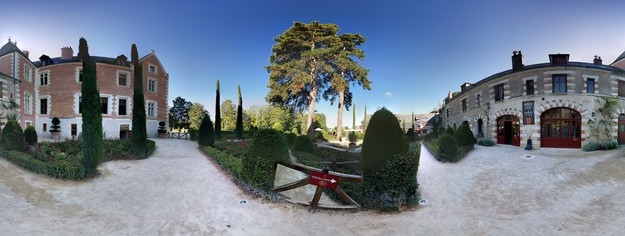
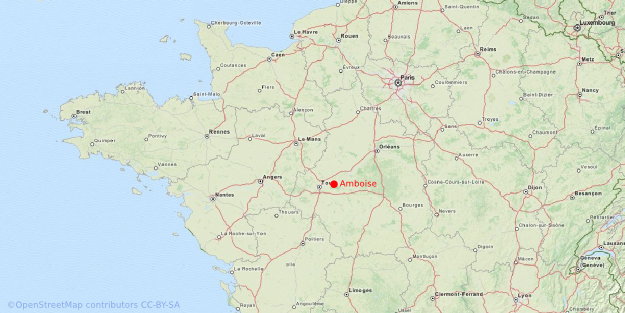

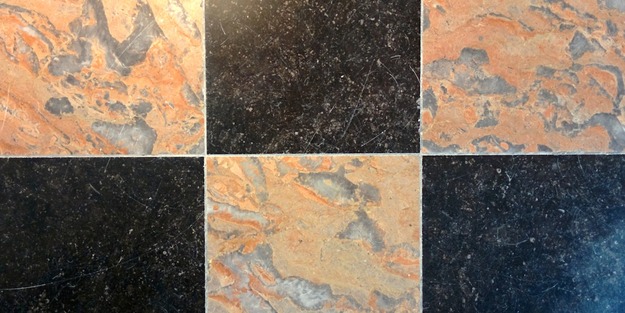
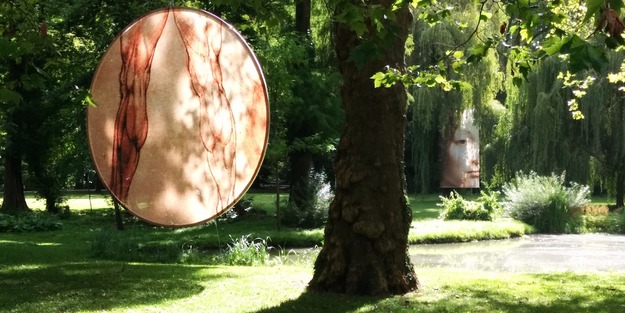
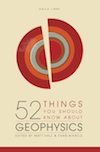

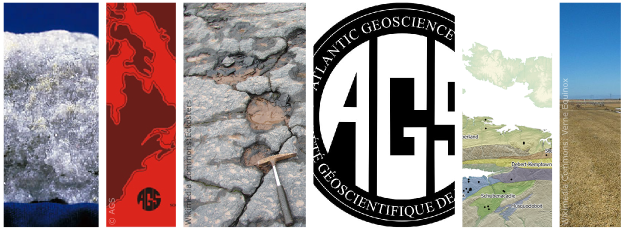



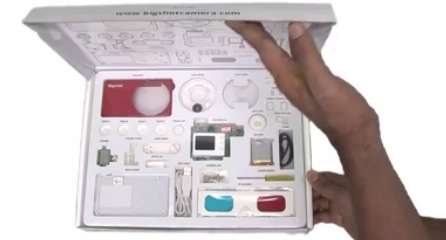

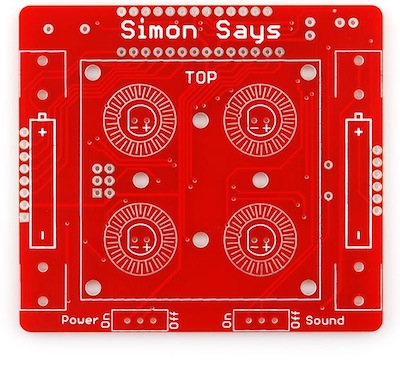
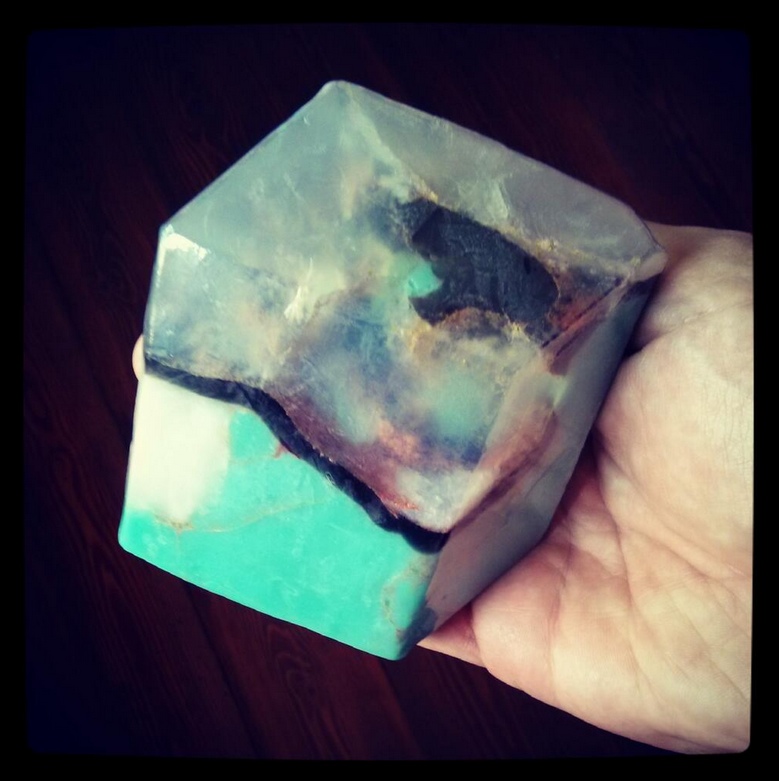
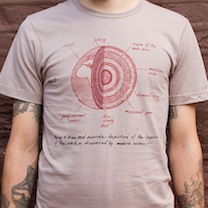
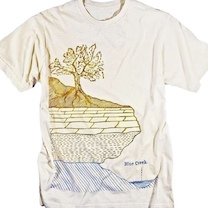
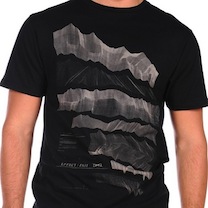
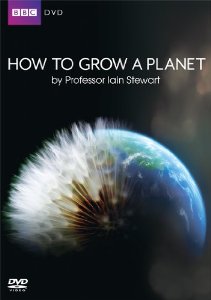
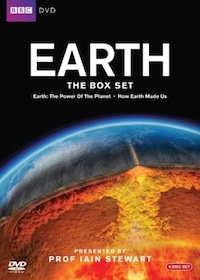



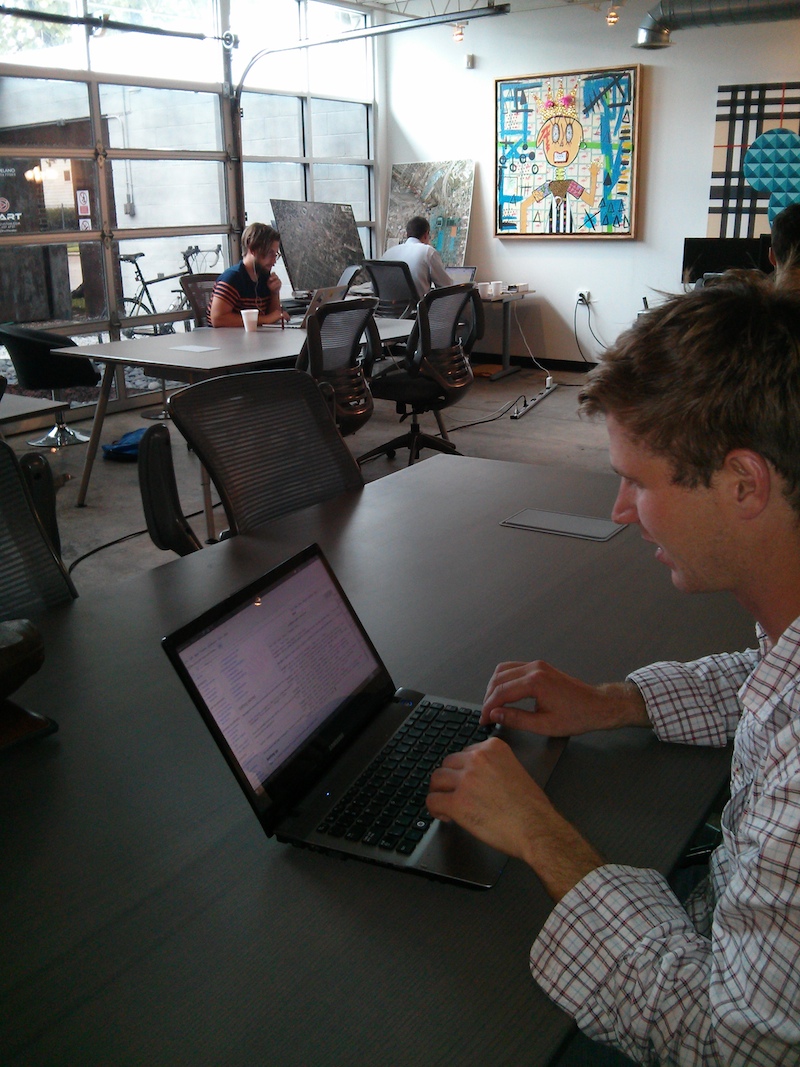
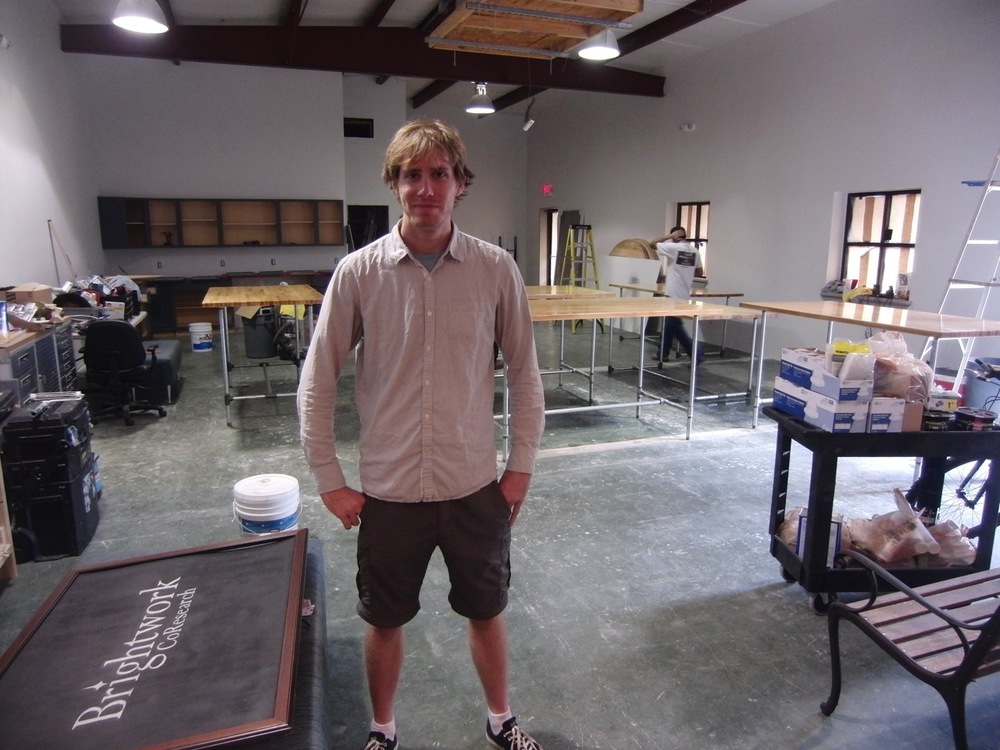

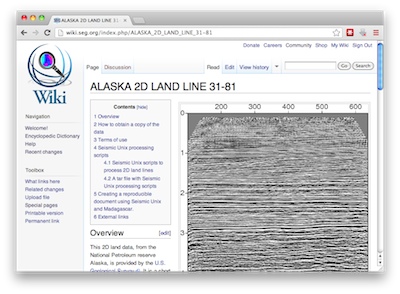
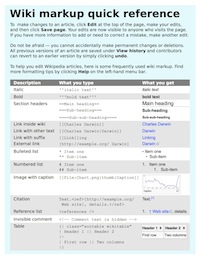
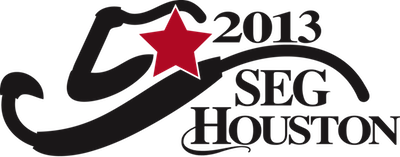






 Except where noted, this content is licensed
Except where noted, this content is licensed